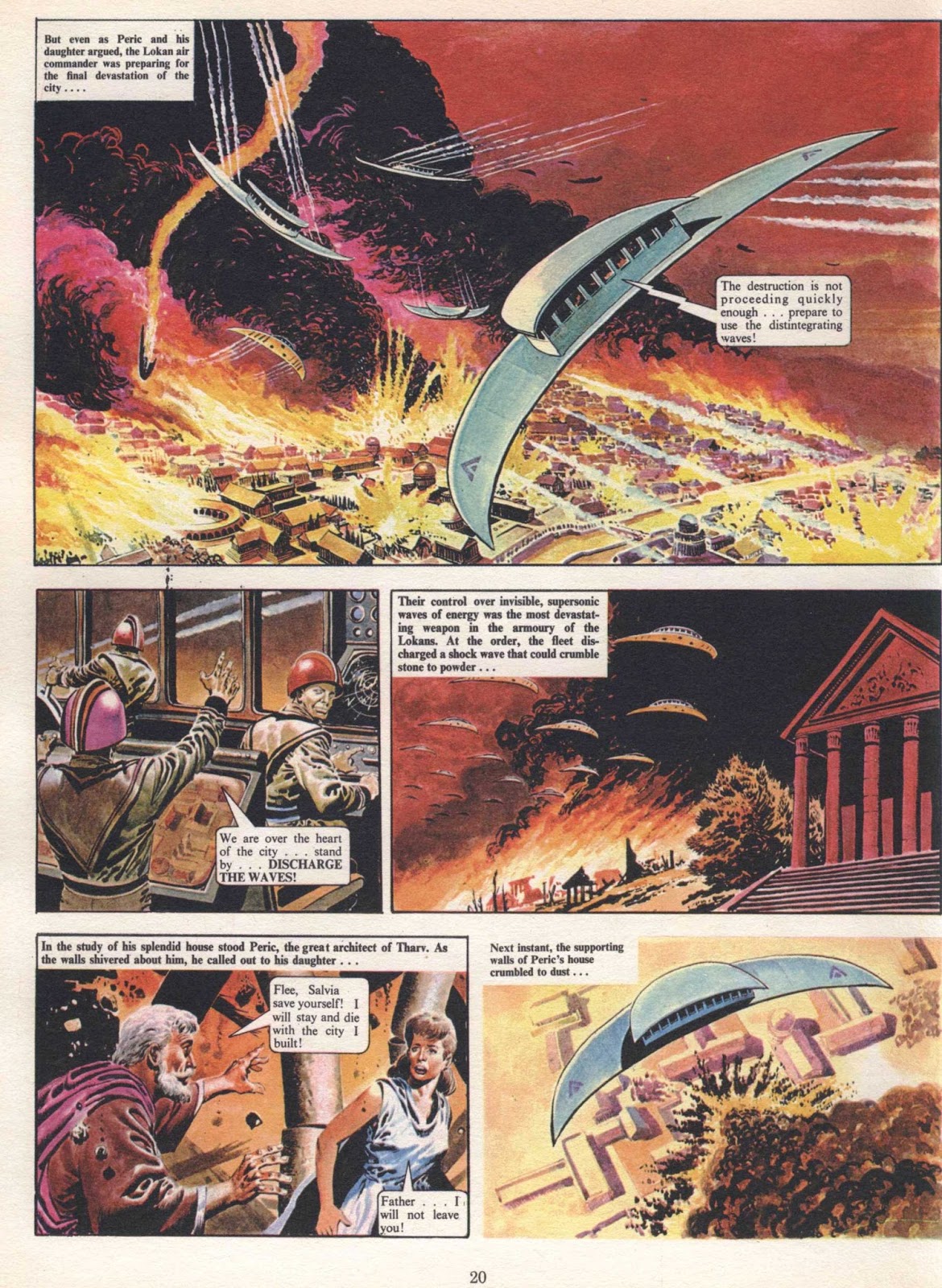Trigan Empire
Posted : adminOn 6/12/2018

The Trigan Empire was a series that began in Fleetway's Ranger comic in September 1965, but when Ranger cancelled in June 1966 with its 40th issue, it was merged into. Kernel32.dll For Windows Xp Sp2. How can the answer be improved? Applied Statistics From Bivariate Through Multivariate Techniques Here`s Johnny Wav File there. on this page.
Contents • • • • • Stereotypes [ ] 'The comic's writing and artwork reflect its 1960s boy's magazine origin in the depiction of non-white races and women. Alien stand-ins for Asians and Africans are depicted with extreme stereotypes and condescending attitudes that would generally be considered very distasteful today. Women are generally depicted as weak and emotional, but this aspect of the comic is at least more progressive than the racial aspects. As with many 1960s pulp stories, it features one or two capable women to serve as foils and romantic interests for the male heroes' I take a bit of issue with this, for one thing I am tired of the PC culture that is popping up everywhere, but to say that every non-white is a racial stereotype is extreme. The Gorths are meant to be in my mind representative of any 'barbarian horde' throughout history. At the same time the Hericons who were also 'non white' seem to be a fusion of the Byzantine and Persian empires and are shown to be very advanced technologically and culturally.
Also, not every Trigan/Vorg was shown as a shining white (no pun intended) example, for example Yenni, the Trigan in the story that introduced the Hericons. In fact, if you look at the stories there are plenty references to the Vorgs themselves having had similiar 'barbaric' pasts with some of the ancient laws and the primitive medicines shown in the first story which was solved by Salvia (a female character I may add). In addition, probably the main reason there are not many female characters is that romantic stories would in those times not be of great interest to what is in a boys magazine, after all, if you look at the magazine and comic scene of the time there were far more publications with some specifically for girls, so it's not as if there were no choices. 15:23, 20 May 2007 (UTC) I removed the section. I read the comics too and I don't find it that obvious. I also couldn't find sources for it.